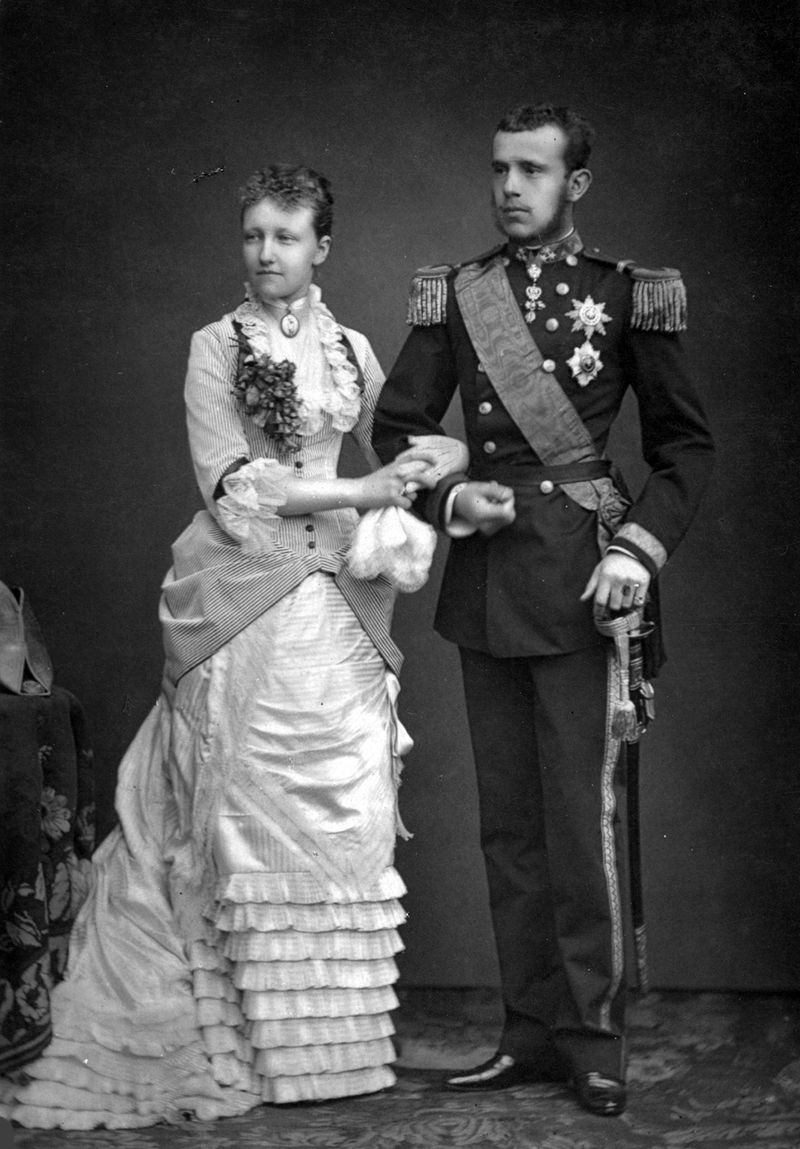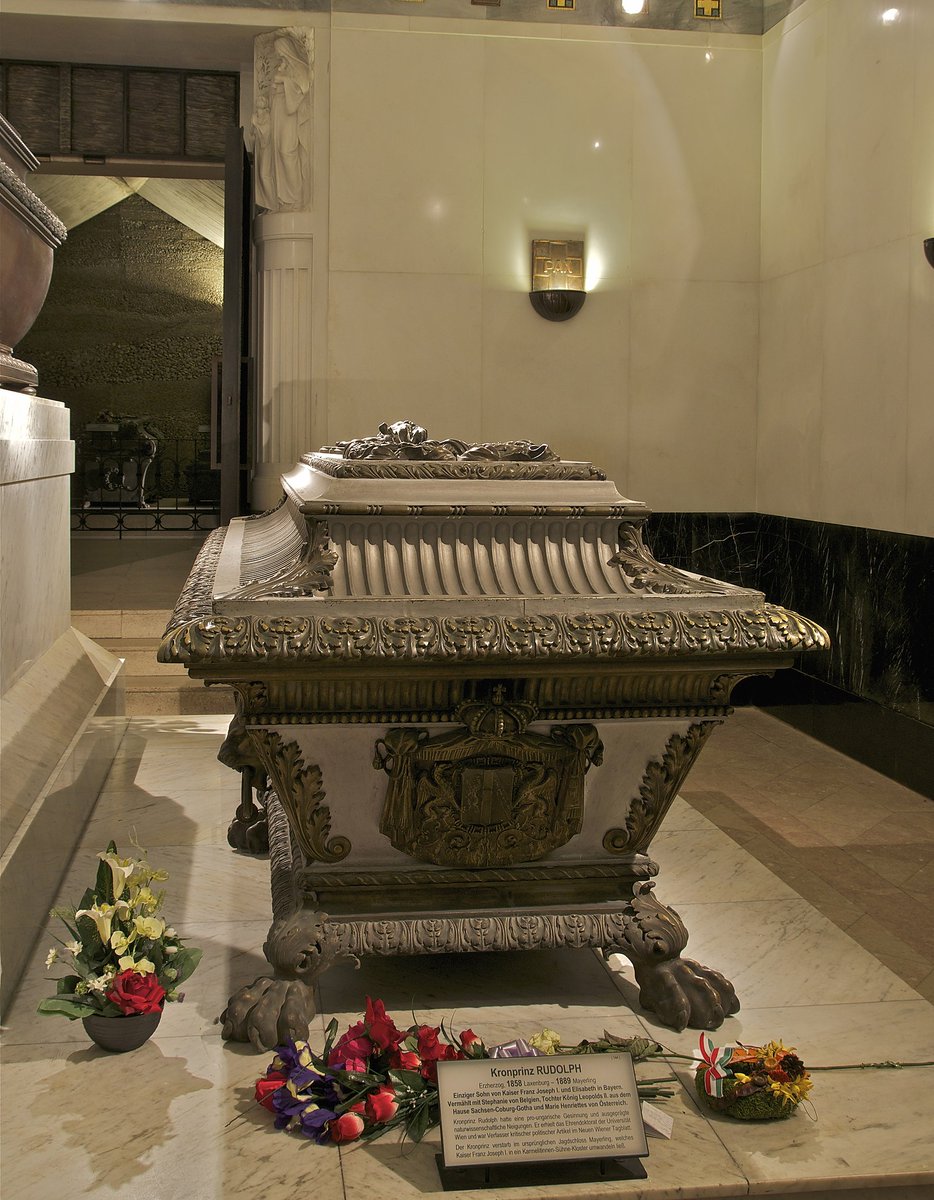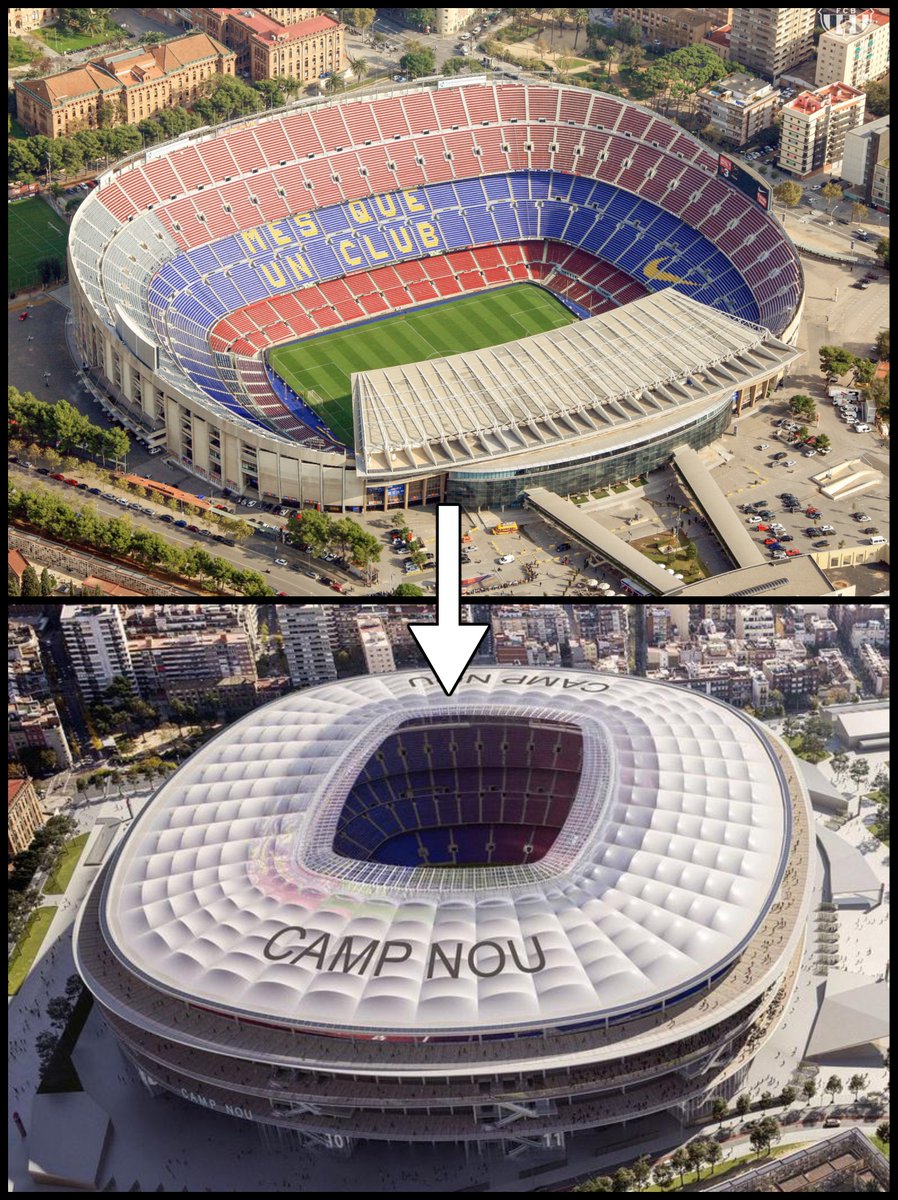On the 30th January 1889, a man called Joseph Hoyos arrived in Vienna with an urgent message for Emperor Franz-Josef of the Austro-Hungarian Empire.
He brought shocking news of a tragedy which would shape the course of the 20th century...
He brought shocking news of a tragedy which would shape the course of the 20th century...

Franz-Josef ascended to the throne of the Austro-Hungarian Empire in 1848, aged just 18.
He would rule right up until WW1, living through one of the most turbulent eras in history.
Politics, technology, warfare, economics; these were all revolutionised during his reign.
He would rule right up until WW1, living through one of the most turbulent eras in history.
Politics, technology, warfare, economics; these were all revolutionised during his reign.

Indeed, Franz-Josef is the sixth-longest reigning monarch in history.
His reign was defined by political trouble: as the idea of the nation state began to spread, the provinces & principalities of the Austro-Hungarian Empire wanted to break free from imperial rule.
His reign was defined by political trouble: as the idea of the nation state began to spread, the provinces & principalities of the Austro-Hungarian Empire wanted to break free from imperial rule.
His early years were spent fighting these changes, which kicked off in the first of his reign - 1848, the Year of Revolution.
He lost his Italian territories in the Wars of Italian Independence, lost the Austro-Prussian War, and ceded some autonomy to Hungary in 1867.
He lost his Italian territories in the Wars of Italian Independence, lost the Austro-Prussian War, and ceded some autonomy to Hungary in 1867.
Eventually there came an era of relative peace in which the Austro-Hungarian Empire flourished culturally.
Things settled down. He had an heir - Crown Prince Rudolf - and further territory was gained in the Balkans in 1878.
Things settled down. He had an heir - Crown Prince Rudolf - and further territory was gained in the Balkans in 1878.

That all changed in January 1889...
Crown Prince Rudolf was a promiscuous man. His marriage to Stephanie of Belgium had produced one daughter, but he had infected his wife with syphilis and she could no longer bear children.
Theirs was, altogether, a deeply unhappy marriage.
Crown Prince Rudolf was a promiscuous man. His marriage to Stephanie of Belgium had produced one daughter, but he had infected his wife with syphilis and she could no longer bear children.
Theirs was, altogether, a deeply unhappy marriage.

It was well-known that Rudolf had been engaging in an affair with Baroness Mary Vetsera.
She was thirteen years his younger, only 19 at the time, and had no knowledge of Rudolf's erratic behaviour.
She was thirteen years his younger, only 19 at the time, and had no knowledge of Rudolf's erratic behaviour.

He had also been involved in a longstanding affair with the actress Mitzi Kaspar.
And he had proposed a lovers' suicide pact to her.
She refused and reported him to the police. But he was the heir to the Imperial Throne, so it was hushed up.
And he had proposed a lovers' suicide pact to her.
She refused and reported him to the police. But he was the heir to the Imperial Throne, so it was hushed up.

On the 29th January 1889, Emperor Franz-Josef and his wife arranged a formal family dinner before their upcoming trip to Hungary.
Rudolf did attend, although he left early as he had a hunting trip planned for the next day at Mayerling, a hunting lodge south of Vienna.
Rudolf did attend, although he left early as he had a hunting trip planned for the next day at Mayerling, a hunting lodge south of Vienna.

When Rudolf's friend Joseph Hoyos arrived at Mayerling the next morning, there was no sign of the Crown Prince.
Joseph and Rudolf's valet, Loschek, went to knock on his door. No answer. They shouted. No answer.
So they forced their way in...
Joseph and Rudolf's valet, Loschek, went to knock on his door. No answer. They shouted. No answer.
So they forced their way in...
Crown Prince Rudolf, heir to the throne of the Austro-Hungarian Empire, was slumped by the side of his bed, bleeding from the mouth, & motionless.
Baroness Mary Vetsera was on the bed. She, too, wasn't moving.
They were both dead.
Baroness Mary Vetsera was on the bed. She, too, wasn't moving.
They were both dead.
Hoyos assumed she had poisoned him and then killed herself.
He rushed to the station and took a special train to Vienna, to get the news to the Emperor.
The implications of this event were already apparent to him, and he knew that a national scandal was brewing.
He rushed to the station and took a special train to Vienna, to get the news to the Emperor.
The implications of this event were already apparent to him, and he knew that a national scandal was brewing.

Hoyos arrived at the Hofburg Palace... but the Austro-Hungarian Royal Household had a famously complex system of protocols.
The Adjutant-General insisted that only the Empress could tell Franz-Josef, so he sent for Baron Nopsca, the Controller of the Empress' Household.
The Adjutant-General insisted that only the Empress could tell Franz-Josef, so he sent for Baron Nopsca, the Controller of the Empress' Household.

Baron Nopsca fetched Ida Ferenczy, the Empress' favourite lady-in-waiting.
Ida went to find Empress Elizabeth, who was in the middle of a Greek lesson, and explained that Baron Nopsca had grave news regarding Rudolf.
The Empress broke down in tears, & Franz-Josef was called...
Ida went to find Empress Elizabeth, who was in the middle of a Greek lesson, and explained that Baron Nopsca had grave news regarding Rudolf.
The Empress broke down in tears, & Franz-Josef was called...

Empress Elizabeth broke the news to Franz-Josef in private...
The police were informed, who went to Mayerling Lodge and sealed off the area.
Mary Vetsera was buried quickly, secretly, and without any official judicial inquiry.
The police were informed, who went to Mayerling Lodge and sealed off the area.
Mary Vetsera was buried quickly, secretly, and without any official judicial inquiry.

The ensuing investigation seemed to reveal what had happened - though it was suppressed and hidden from the public.
Rudolf and Mary had signed a suicide pact and taken poison together.
But, even to this day, there are disagreements about what really went on.
Rudolf and Mary had signed a suicide pact and taken poison together.
But, even to this day, there are disagreements about what really went on.

There were initial claims of heart-attack or murder, and Mary's involvement was brushed under the carpet, but the truth came out and it rocked Europe.
Franz-Josef required a special dispensation from the Pope to allow Rudolf a proper Christian burial.
Franz-Josef required a special dispensation from the Pope to allow Rudolf a proper Christian burial.

This was Mary Vetsera's final letter, to her mother:
"Dear Mother
Please forgive me for what I've done
I could not resist love
In accordance with him, I want to be buried next to him in the Cemetery of Alland
I am happier in death than life."
"Dear Mother
Please forgive me for what I've done
I could not resist love
In accordance with him, I want to be buried next to him in the Cemetery of Alland
I am happier in death than life."
From Rudolf's:
"Dear Stephanie, you are now rid of my presence and annoyance; be happy in your own way. Take care of the poor wee one, she is all that remains of me. I go quietly to my death, which alone can save my good name. I embrace you affectionately. Your loving Rudolf."
"Dear Stephanie, you are now rid of my presence and annoyance; be happy in your own way. Take care of the poor wee one, she is all that remains of me. I go quietly to my death, which alone can save my good name. I embrace you affectionately. Your loving Rudolf."
The death of Crown Prince Rudolf meant that Franz-Josef's brother, Karl Ludwig, became the heir.
Karl Ludwig renounced his rights in favour of his son, the politically difficult Franz-Ferdinand.
This put a strain on relations between the united Austrian and Hungarian kingdoms.
Karl Ludwig renounced his rights in favour of his son, the politically difficult Franz-Ferdinand.
This put a strain on relations between the united Austrian and Hungarian kingdoms.

Years of efforts at reconciliation were suddenly undermined.
These latent tensions would boil over a few decades later when Franz-Ferdinand was assassinated by nationalists in Bosnia.
Thus sparking the First World War...
These latent tensions would boil over a few decades later when Franz-Ferdinand was assassinated by nationalists in Bosnia.
Thus sparking the First World War...

Franz-Josef's long reign was marred by personal tragedy.
His wife was assassinated in 1898, his brother Maximilian I of Mexico was executed in 1867, his son committed suicide, and his nephew was killed in 1914.
It was in 1916, during the war, that he died.
His wife was assassinated in 1898, his brother Maximilian I of Mexico was executed in 1867, his son committed suicide, and his nephew was killed in 1914.
It was in 1916, during the war, that he died.

The "Mayerling Incident" was a complex event in which troubled love, royal intrigue, and geopolitics all came together in a harrowing, history-shaping moment.
Its mix of romance and tragedy, of murky revelations & repeated coverups have fascinated people for over a century.
Its mix of romance and tragedy, of murky revelations & repeated coverups have fascinated people for over a century.

And so the Mayerling Incident has since been dramatized in film, literature, music, radio, and TV.
While countless revisionists, historians, theorists, and investigators have tried to find out what "really" happened on that fateful night...
While countless revisionists, historians, theorists, and investigators have tried to find out what "really" happened on that fateful night...

• • •
Missing some Tweet in this thread? You can try to
force a refresh





















